“The magnesium die-casting companies prefer magnesium due to its unique properties (ductility, malleability, lustrous, and hardening index). These attributes make magnesium an ideal choice for die-casting. Its performance, design flexibility, and efficiency are its more salient characteristics. It’s a very good option for precise engineering.”
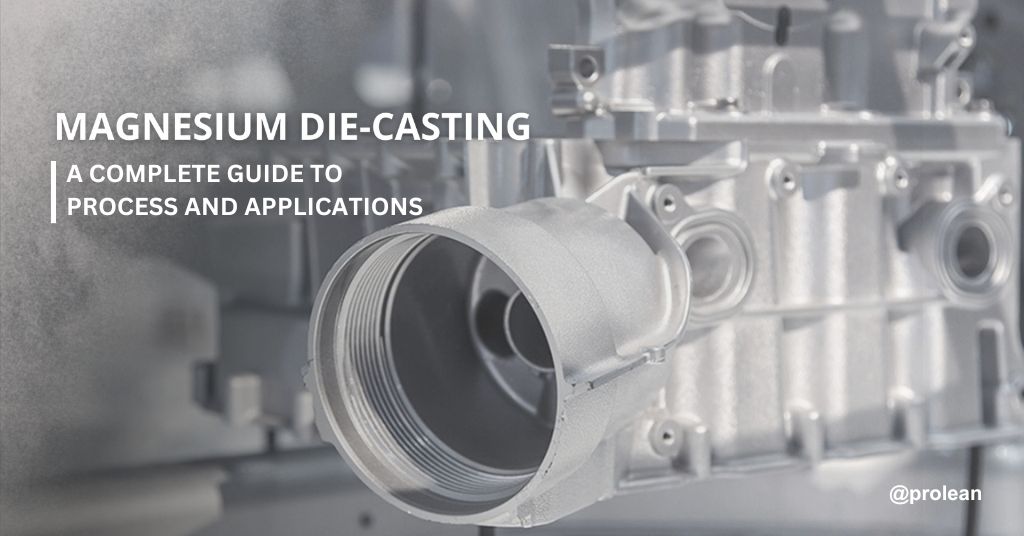
Magnesium has gained popularity in casting due to its unparalleled characteristics over other metals. First, it is imperative to understand the question? ‘what is die casting’. In die casting, the molten alloys of metals are forced into the mold (die) under pressure and quickly cooled. The product of this process is termed as die-cast.
It is a precision-focused method that requires certain skills, expertise, and considerations, which are additionally focused on in this article. Besides this, we will also look at the properties of magnesium alloy, how the die-casting process works, and how it’s used in different industries.
What are the Properties of Magnesium Alloy?
Magnesium alloy has multiple characteristics due to which it is widely used in companies like aerospace, automotive, electronics, medical, etc. Some of these properties are discussed under.
Lightweight
Magnesium alloy is an extremely lightweight material. If we take equal amounts of magnesium and steel, magnesium will be 75% lighter than steel. Similarly, it’s 33% lighter than aluminum. Despite this, it remains incredibly durable.
High Strength
Despite being lightweight, magnesium is extremely strong and durable. This is why it has an excellent strength-to-weight ratio. It’s powerful without being bulky. These sorts of materials are ideal for aerospace applications because they provide strength without adding too much weight.
Corrosion Resistance
Magnesium has very strong corrosion resistance. Unlike other metals, which can corrode when exposed to moisture, the magnesium alloy remains essentially unaffected. This feature is suitable for producing components that will be exposed to moisture. Outdoor tools, car parts, and bicycle frames are some examples of its uses.
High-pressure cooling
Magnesium alloy has the unique ability to cool and solidify quickly under high pressure. This quick solidification tendency is extremely important in magnesium diecasting. We will look at the die-casting process in further depth ahead.
Magnesium Alloys used in Die-casting
Particular magnesium alloys with different compositions of other inert metals are applied for die-casting. The inert metal addition was done to change the chemical and physical composition for certain applications
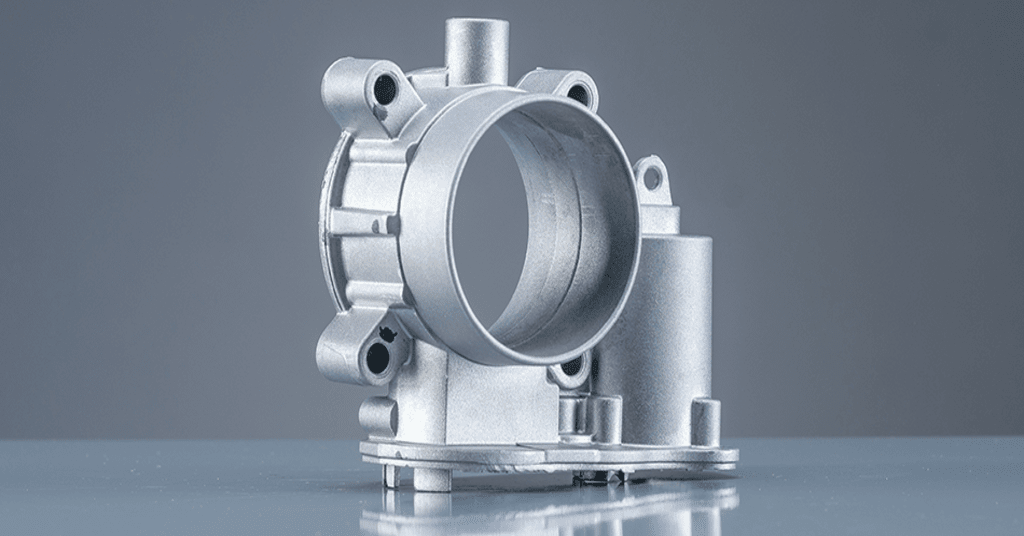
A magnesium part made with die-casting
Table: Magnesium alloys used in die casting
|
Alloy type |
Composition % (Approx.) | Properties and Applications |
| AZ91D | Aluminum (9%), Zinc (1%), and Magnesium (94%) | It offers a good strength-to-weight ratio, excellent corrosion resistance, and high thermal conductivity. |
| AM60B | Aluminum (6%), Manganese (0.15%), and Magnesium (93.85%) | This alloy is well-suited for automotive applications, providing good strength and ductility. |
| AM50A | Aluminum (5%), Manganese (0.3%), and Magnesium (94.7%) | AM 50 A is a good compromise between strength and ductility, commonly used in automotive components. |
| AZ31B | Aluminum (3%), Zinc (1%), and Magnesium (94%) | Lightweight with good mechanical properties, suitable for a variety of die-cast applications. |
| AZ63A | Aluminum (6%), Zinc (3%), and Magnesium (91%) | It has enhanced corrosion resistance properties as compared to other alloys, making it suitable for applications in harsh environments. |
| AE44 | Aluminum (4%), Rare Earth Elements (4%), and Magnesium (92%) | This magnesium alloy provides improved high-temperature strength and resistance, making it suitable for high-temperature applications. |
| ZK60A | Zinc (6%), Zirconium (0.45%), and Magnesium (93.55%) | It is known for its high strength and excellent shock absorption and is often used in aerospace and defense applications. |
| HK31A | Zirconium (3%), Rare Earth Elements (Y), (1.5%), and Magnesium (95.5%) | This one provides good corrosion resistance and weldability. It is suitable for applications requiring elevated temperature performance. |
Try Prolean Now!
Magnesium Die Casting Process
Magnesium die casting, or magnesium alloy die casting, procedure involves injecting molten magnesium alloy under high pressure into a specific mold (die). In the mold, the molten alloy solidifies quickly. This technology produces finely designed and complex-shaped machine components or parts with characteristics close to magnesium alloy.
A Step-By-Step Guide to the Process of Magnesium Die-Casting
There are certain stages of the magnesium die-casting process which are gradually discussed below.
Step 1: Preparation of Magnesium Alloy
The first step is to make the magnesium alloy. Magnesium and specified alloying metals are melted in specific quantities. They are heated together until a molten liquid is formed. This controlled melting step takes place within a furnace. The furnace temperatures can go as high as 400-500 degrees Celsius.
Step 2: High-Pressure Injection
The molten magnesium alloy is then pumped into a mold under high pressure. This is the key step in the process, known as high-pressure die casting. The pressure can reach up to 100 MPa in this step.
This guarantees that the mold is filled completely and consistently, with no empty spots. High pressure helps to forge all of the mold’s minute intricacies. The mold is manufactured from a tough and durable material, like steel, which can withstand the conditions of this process.
Step 3: Rapid Cooling and Solidification
Once the molten magnesium alloy is inside the mold, it quickly cools and solidifies. This is an important phase in the die-casting process. This is because high-speed cooling ensures that all of the mold’s fine details are retained.
Following that, the mold is opened to release the cast. This requires care because finer elements of the design may be ruined. The magnesium cast is further processed after extraction, like trimming and surface finishing.
Types of Magnesium Die-Casting
The magnesium die-casting process has two main types hot chamber and cold chamber die-casting. The machining differences and operation protocols are specific for each die-casting type.
1- Hot Chamber Die Casting
In this method of magnesium die casting, the magnesium alloy is contained within an enclosed crucible with a valve and plunger. The valve allows a fixed amount of magnesium alloy to enter the mold chamber while the plunger pushes it in. The temperature is around 500 degrees Celsius, with a maximum pressure of 35MPa applied. It may make up to six parts each minute.
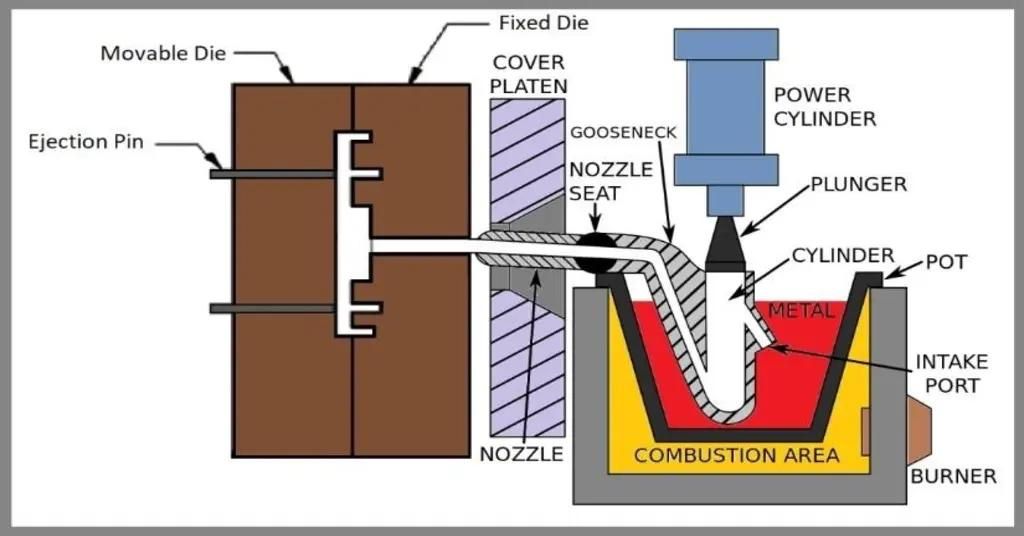
Hot chamber die-casting
The hot chamber die-casting process is usually completed in five steps;
- Preparation of Die: The process commences with the preparation of the die, usually made from hardened steel, which is then securely mounted onto the die-casting machine.
- Melting: In the hot chamber (combustion area), a crucible that contains the metal, typically alloys with low melting points like magnesium, zinc, or lead, is heated until it turns into a liquid state.
- Injection: Once molten, a piston forces the metal into the die cavity under high pressure. The pressure helps ensure that the liquid metal fills the mold, resulting in detailed and accurate parts.
- Solidification and cooling: After the mold is filled, the molten metal rapidly cools and solidifies within the die cavity, taking the shape of the mold.
- Ejection: Finally, the newly formed part is ejected from the mold, and excess material, is trimmed off.
2- Cold Chamber Die Casting
In this type of magnesium die casting, a plunger injects molten magnesium alloy into the mold chamber at a high speed of 5-10 m/s. The pressure here is 35-140 MPa, which is significantly higher than in hot chamber die-casting. A single cycle takes around one minute to complete.
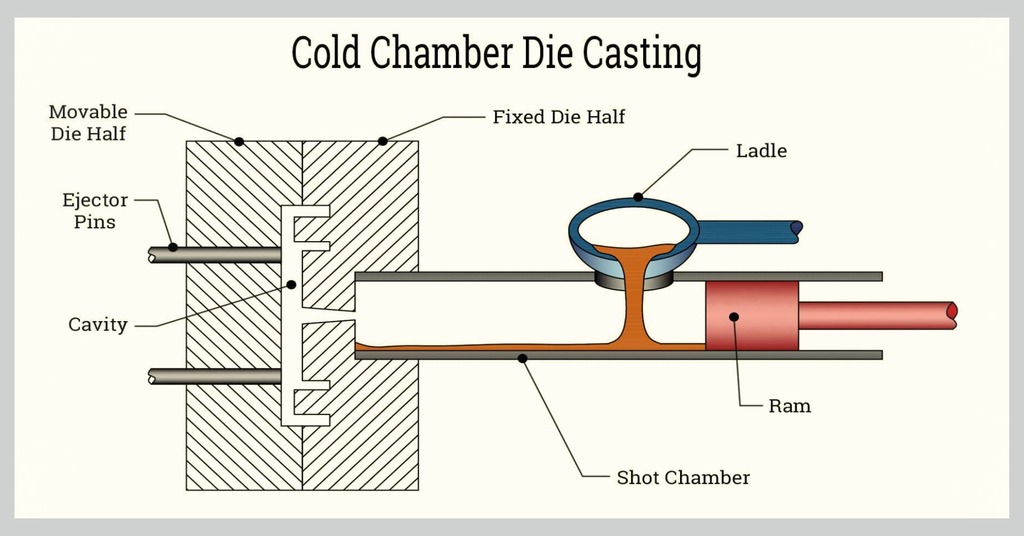
Cold chamber die-casting
The Cold Chamber Die-Casting Process involves the following stages;
- Preparation: The preparation of magnesium metal to be cast is melted inside a separate container.
- Pouring: A specified amount of molten metal is carried with a ladle and poured into the shot chamber connected to the die hole from where the molten metal is to be poured.
- Injection: The molten metal is then pushed into the die cavity under high pressure exerted by a plunger.
- Solidification and Cooling: The molten metal will spread throughout the cavity and take shape. Then it is left for solidification and cooling.
- Ejection The moving half of the die is then ejected and the casting is collected from it. Then the dies are clamped again to proceed to the next casting cycle similarly.
Try Prolean Now!
Applications of Magnesium Die Casting
The central aim of every manufacturing industry is to produce premium quality products, which in turn increases the buyer’s demand. The various industries employing the magnesium die-casting process are mentioned below.
Automotive Industry

Magnesium die-casting in the automotive industry
Engine parts and structural elements constructed from magnesium die-casting are less in weight. This is great for automotive applications. It improves fuel efficiency and overall performance. Magnesium alloys accurately reproduce finer details, they are an excellent choice for complex component designs in the automotive industry.
Aerospace Applications

Magnesium die-casting in the aerospace manufacturing industry
In the aircraft industry, every kilogram counts. As a result, magnesium die casting is widely used in this application. Magnesium seat frames and structural components are lightweight yet strong. This improves fuel efficiency and overall aircraft performance.
Medical Applications
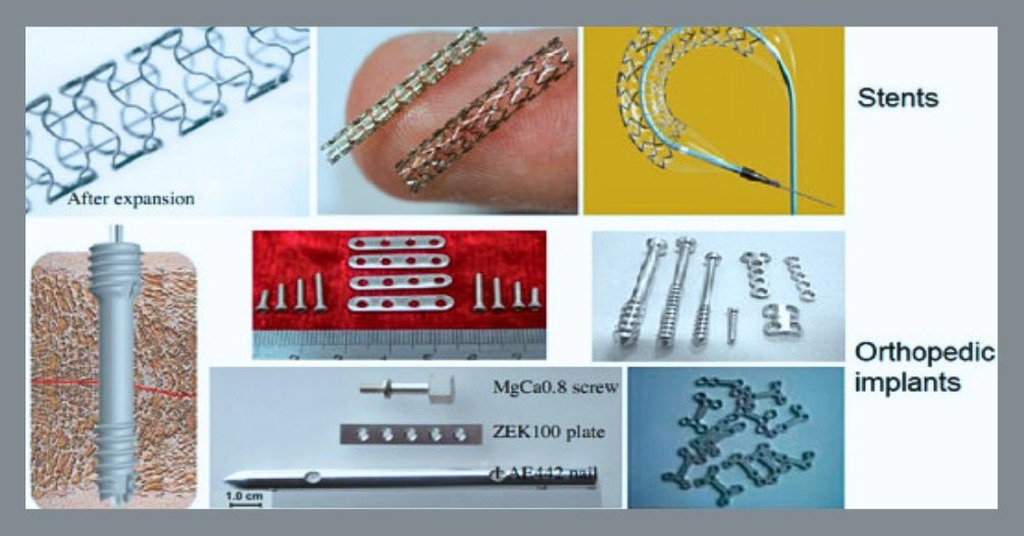
Magnesium die-casting applications in orthopedic Implants
Magnesium is not only castable into complex shapes, but it is also biocompatible. This feature makes it appropriate for medical device manufacturing. Magnesium die-casting is used in orthopedic implants and lightweight medical devices. It is also compatible with image technologies such as MRI, which adds to its appeal.
Electronics and Consumer Goods
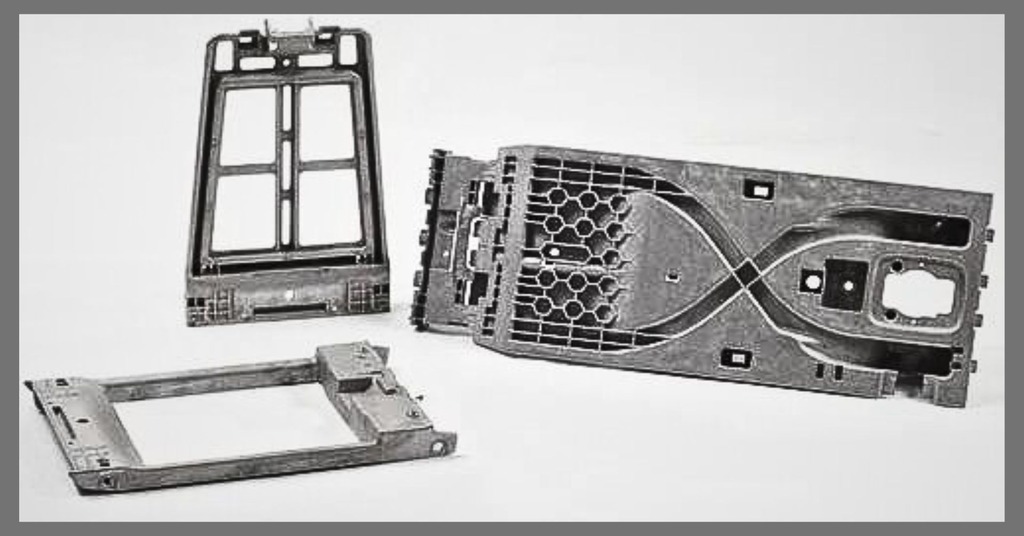
Magnesium die-casting applications in electronic appliances
The bodies of laptops, smartphones, and cameras are often built of magnesium die-casting. It offers excellent electromagnetic shielding against the EMI/RFI, making it ideal for electronics. Due to its high thermal conductivity property, it is used in electronic appliances to dissipate heat emitted by electronic circuits.
What are the Challenges associated with Magnesium Alloy Casting?
Certain challenges can be faced when casting Magnesium Alloy;
- Magnesium is prone to oxidation and combustion due to its highly reactive nature.
- Hot tearing happens when the material experiences unequal contraction as it cools. This leads to cracks in the casting. Compared to aluminum alloy, magnesium has a greater tendency to face this issue.
- Magnesium alloys fill the mold quickly. This rapid filling creates a challenge with gas venting, making it harder to let trapped gases escape during the process. This can affect the overall quality of the casting.
- To compare magnesium alloys with aluminum, magnesium doesn’t hold and change heat as well. In the die-casting process, this can cause parts to cool too quickly, especially in thin sections. This premature cooling can create blockages in the feeding channels and result in defects in the final casting. So, maintaining the right temperature is crucial when working with magnesium to avoid these issues.
Read more:
- What is Die Casting? Die Casting Process and Overview
- What is High Pressure Die Casting?
- Gravity Die Casting: Overview, Process, and Applications
- Hot Chamber Die-casting: A Comprehensive Guide
Start your magnesium die-casting with Prolean
At Prolean, we manufacture high-quality, precise mechanical components using cutting-edge technology and designers with extensive industry experience. With competence in design, engineering, material selection, and quality control, we provide outstanding service with tangible results.
Our profound knowledge and understanding of magnesium alloy die-casting mold, combined with our commitment to innovation, ensures that we deliver exceptional quality and service. The services extend from,m zinc and aluminum die casting to other metals. Choose us as your magnesium die-casting supplier. Request a free quote from our qualified engineers today!
Try Prolean Now!
Summing Up
Magnesium die casting is a valuable manufacturing process that can potentially change the future of precision engineering. When it comes to magnesium alloy the first thing that comes to mind is its light weightness. The use of magnesium alloys in structural applications in industries like automotive, aerospace, power tools, and electronics has promoted the diversification of die casting process.
Moreover, magnesium usage in thin-walled die casting has given a push-up to Integrated computational material engineering. This detailed guide will help you to comprehend the magnesium die-casting process and will increase working efficiency.
FAQs
Is magnesium die casting a cost-effective solution for high-volume production?
Yes, it can be a very cost-effective way for high-volume production. It includes magnesium’s low density, which produces lightweight components. Moreover, the process produces relatively little material waste, which can easily be recycled.
What post-casting processes are commonly used on the magnesium cast parts?
Post-casting processes are used to achieve improved surface finishes in the magnesium cast parts. These processes commonly include milling, turning, drilling, grinding, and surface treatment.
What are the common defects encountered in magnesium die casting?
Common defects in magnesium die casting include; porosity, shrinkage, and arising from issues like inadequate gating and improper temperature control during the casting process. Vigilant process optimization and quality control help mitigate these challenges.

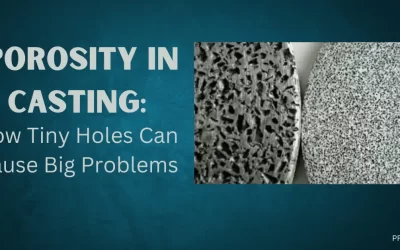
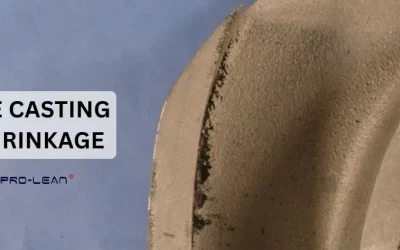
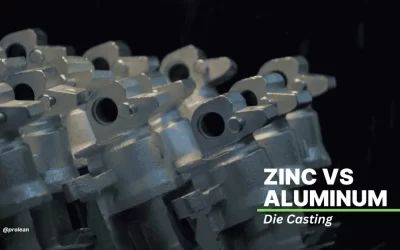
0 Comments